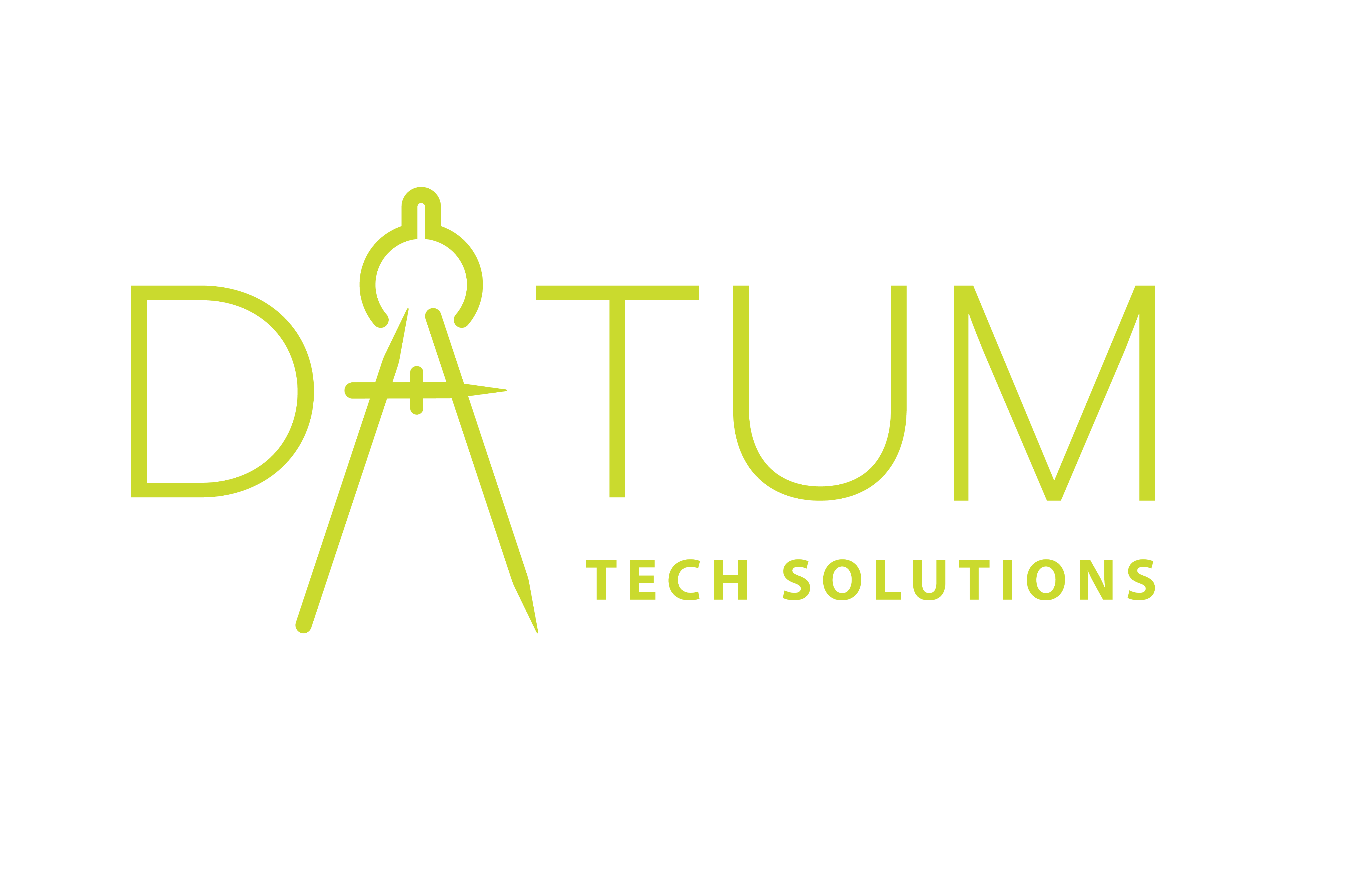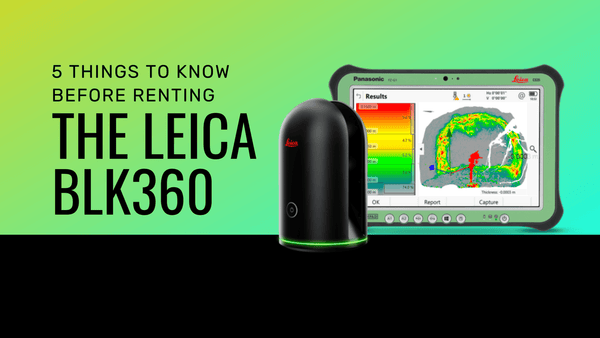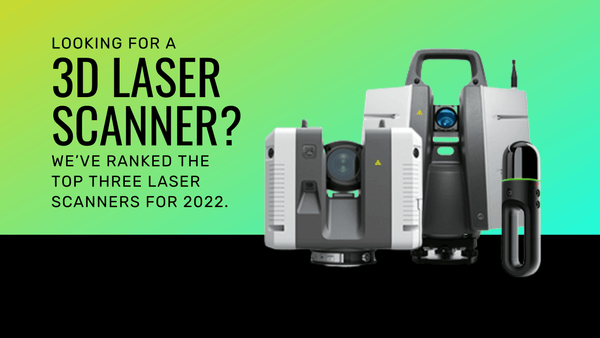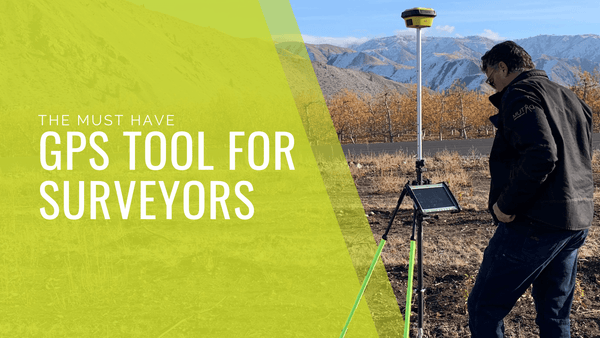What Makes A Leica ScanStation So Accurate?
When it comes to reconstructing crime scenes in 3D or gathering data to use in modeling for architecture or construction, accuracy matters. You may already know that advanced 3D scanning technology employed by 3D laser scanners generates precise data points and measurements that can be used in a variety of ways. You may be wondering what makes a Leica scanner so accurate?
To understand how accurate Leica 3D scanners—such as the Leica P50 scanner —are, it’s first important to understand the technology underpinning these types of devices. In this week’s blog we walk through how people use Leica scanners to create incredibly accurate 3D point clouds and high dynamic range (HDR) images for civil, industrial and forensic applications.
What Is 3D Scanning?

A 3D laser scanner, like the Leica ScanStation P50, uses a precision laser to scan the surfaces of objects and environments. The scanner measures the distance between the object surface and the scanner capturing a million data points per second.
These points are then clustered together in what is referred to as a point cloud. A point cloud is a cluster of millions of data points that are used to recreate a built environment three dimensionally.
These three dimensional renderings can then be used in a variety of applications such as Building Information Modeling (BIM). For example, if you were scanning a room using a Leica laser scanner, millions of data points would be collected as part of the scan.
These might include objects such as doors, windows and ductwork, as well as the walls, floors and ceiling. Once these data points are stitched together using a software program, we’re able to see the built environment three dimensionally.
Using a 3D laser scanner is actually a lot more simple and straightforward than it may seem. If you’re brand new to the world of 3D laser scanners there are an abundance of training opportunities right at your fingertips.
Here at Datum Tech Solutions, our team offers on site and virtual training opportunities for teams both large and small. If you’re interested in how to use Leica 3D scanners we invite you to get in touch with one of our training experts today.
Leica ScanStation P50 Accuracy
Of all of Leica’s 3D scanning tools, the Leica ScanStation P50 is perhaps one of the most versatile and powerful. This long range, 3D terrestrial laser scanner is known for its speed, long range and its accuracy. For example, the Leica P50 scanner’s range reaches nearly one kilometer at 34% reflectivity.
This, combined with its angular accuracy and speed of nearly 1 million points per second ultimately contribute to a device capable of 3D positional accuracies ranging from 3mm at 50 meters to an impressive 6mm at 100 meters.
In addition to providing an impressively accurate 3D point cloud, the Leica ScanStation P50 also has other notable features, including:
- Range accuracy of 1.2 mm + 10 ppm over full range
- Angular accuracy of 8" (horizontal and vertical)
- Low range noise
- 4 MP per each 17° × 17° color image
- 700 MP (panoramic image)
- Highly detailed 3D color point clouds mapped in realistic clarity

Now that you have a better understanding of how 3D laser scanners such as the Leica ScanStation P50 work, you might be wondering if Leica is the only game in town. Many people interested in purchasing a 3D laser scanner ask themselves the question, “What 3D Scanner is better: Leica, Faro, Trimble or Topcon?”
While there are many similarities in how all of these laser scanners work, we have tried them all and ultimately endorse Leica brand 3D laser scanners as the tool we trust.
If you want to learn more about purchasing or renting any of our Leica laser scanners—including the Leica ScanStation P50 —simply reach out to us so we can guide you to the 3D scanning solution that best suits your needs and budget.
We also offer a variety of training resources that can help you get up and running with your new Leica 3D scanner in no time at all.



